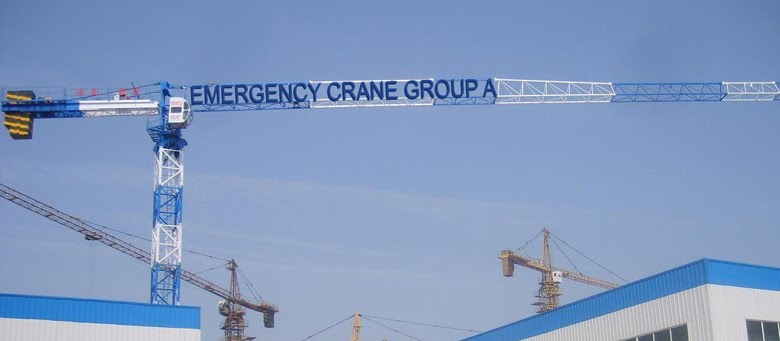The wood we plan to use is douglas fir, this has one of the highest Young's Modulus for its density of any wood (density = 0.55 Mg m-3, Young Modulus = 16.4 GPa). We are aware that many competing cranes will be built out of steel, however with its far higher density of 7.75 - 8.05 Mg m-3, a far higher volume of wood can be used and tansported at the same time with the weight still remaining lower. This provides a major advantage in the form of if a failure was to occur it is easy enough to carry a spare beam section or leg with you to replace it quickly and easily.
The steel box section in the centre of the beam and at the leg joints is an integral part of the design as it provides vital reinforcement at the points where very large forces will be acting. All the wooden beams and steel box section we are using are of standard dimensions and will allow the fast and easy production of the kits. Another advantage of using standard parts is that modification of the crane by the end user will be far easier. For example. If someone wished to add feet to the crane, all that would be required would be some spare box section and some personal ingenuity on behalf of the user dependent on the situation.
The best part of the 'slot and lock' design employed in this crane is that no specialist training is required to assemble it. Users do not need to be trained in setting up hydraulics or wiring up electric winches. This crane uses a rack and pinion pulley system and nuts and bolts to fix the sections together. Materials and system that anybody can easily become familiar with in a matter of minutes.
For ECS, one of our highest priorities is looking after the world we working with to save people. For this reason we plan to plant up to ten trees for every tree we use. It is important to us to remain as carbon neutral as possible in our efforts to save people as some research has suggested that global warming has played an integral part in the rise in frequency of natural disasters.

No comments:
Post a Comment